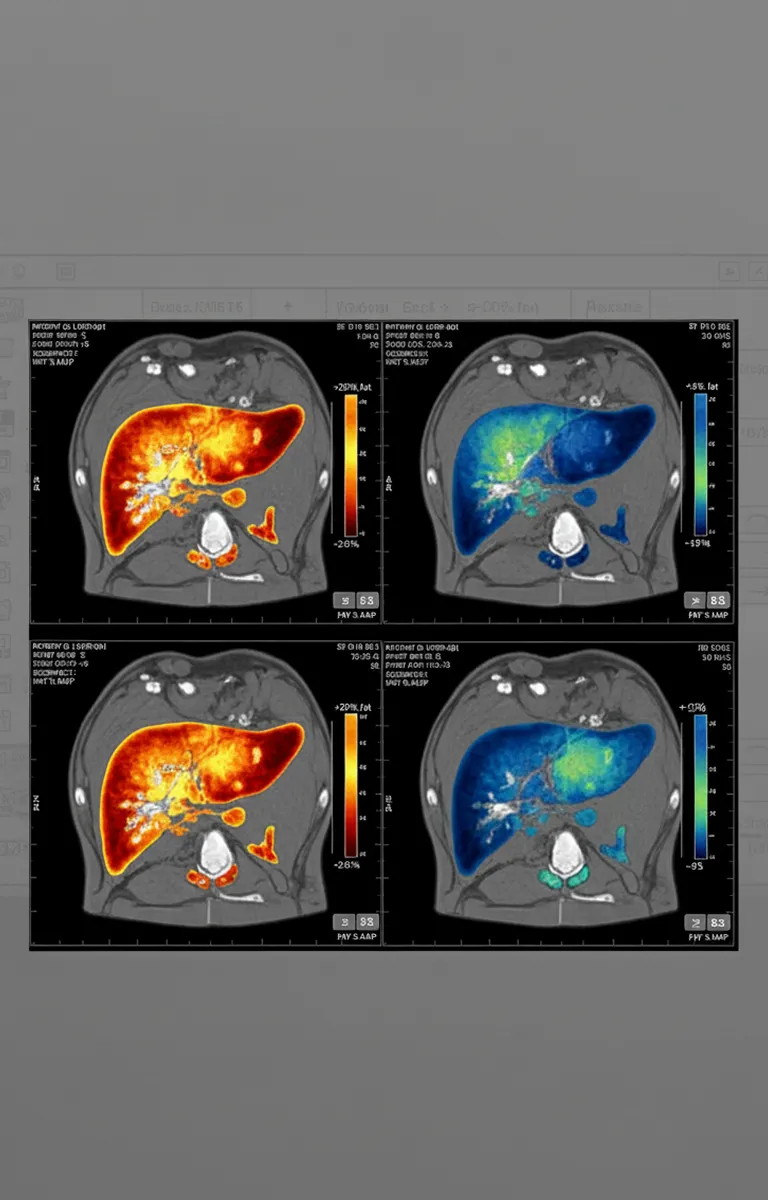How Retatrutide Improves Blood Sugar Control in Type 2 Diabetes
Discover how Retatrutide, Eli Lilly’s triple-hormone drug, improves blood sugar, weight, and insulin sensitivity in people with type 2 diabetes.

Introduction
Type 2 diabetes affects more than 500 million people worldwide, and that number keeps rising. For most patients, controlling blood sugar means a lifelong balance of medication, diet, and discipline. Yet even with the best treatments available, many still struggle to keep glucose in check without side effects or weight gain.
That’s why researchers are excited about Retatrutide (LY3437943), a new investigational drug from Eli Lilly that acts on three hormones at once: GLP-1, GIP, and glucagon. This so-called “triple agonist” doesn’t just lower blood sugar, it aims to reset how the body manages energy, appetite, and metabolism.
If early trial results hold true, Retatrutide could become the most powerful treatment yet for people living with type 2 diabetes.
Diabetes and the Hormones Behind It
Blood sugar regulation is like a constant conversation between several hormones.
- Insulin helps cells absorb glucose after a meal.
- Glucagon tells the liver to release glucose when you haven’t eaten.
- Incretins like GLP-1 and GIP fine-tune both sides of that exchange.
In type 2 diabetes, this dialogue breaks down. The body stops responding properly to insulin, the pancreas gets overworked, and glucagon levels remain too high - so glucose keeps flooding the bloodstream.
Retatrutide steps in by mimicking all three key hormones in a carefully balanced way, restoring communication between them and allowing the body to use energy the way it was designed to.
How GLP-1, GIP, and Glucagon Work Together
GLP-1: The Satiety and Insulin Helper
GLP-1 tells your pancreas to release insulin when glucose is high, slows digestion, and helps you feel full faster. That’s why drugs like Ozempic or Wegovy (both GLP-1 agonists) help with both blood sugar and weight.
GIP: The Forgotten Hormone That Boosts Sensitivity
GIP was once thought to be “broken” in people with diabetes. New science shows it can actually enhance insulin sensitivity and reduce inflammation, especially when paired with GLP-1.
Glucagon: The Fat-Burning Engine
Although glucagon raises blood sugar on its own, in small, controlled amounts it increases energy expenditure and fat burning. When balanced with GLP-1 and GIP, it helps the body burn stored fat instead of storing more.
The genius of Retatrutide lies in combining all three, leading to smoother glucose control, better insulin function, and faster metabolic improvements.
Clinical Data: Lower HbA1c, Better Fasting Glucose
In Eli Lilly’s phase 2 clinical trial, patients with type 2 diabetes who took Retatrutide saw HbA1c reductions of up to 2.2 percentage points over 36 weeks, more than what’s typically seen with Ozempic or even Mounjaro.
Fasting glucose levels also dropped sharply, and many participants approached normal ranges without additional insulin therapy. Some regained healthier pancreatic function, a sign that Retatrutide may help the body restore its natural balance over time.
And just as impressive: average weight loss reached 15–24%, depending on dosage, the kind of results once possible only after bariatric surgery.
How It Compares to Ozempic and Mounjaro
Beyond numbers, patients on Retatrutide described feeling more energetic, less hungry, and better able to sustain lifestyle changes. Side effects were similar to other incretin drugs, mostly mild nausea or constipation at the beginning, and tended to fade after the first few weeks.
Beyond Blood Sugar: Wider Metabolic Benefits
Weight loss: Retatrutide naturally suppresses appetite and raises calorie burn, allowing sustainable weight reduction, a key advantage for diabetics struggling with obesity.
Insulin efficiency: Improved insulin sensitivity means less strain on the pancreas and lower daily insulin requirements.
Heart and liver health: Clinical data show lower triglycerides and LDL cholesterol, higher HDL, and even early signs of reduced liver fat, all pointing toward better cardiovascular outcomes in the long run.
Is It Right for Every Diabetic Patient?
Retatrutide may become a valuable option for people whose blood sugar remains high despite diet, exercise, or single-pathway drugs like Ozempic. It’s especially promising for those who also need to lose weight.
Still, it’s not ideal for everyone. People with a history of pancreatitis, thyroid tumors, or severe gastrointestinal issues should avoid it until more safety data are available. As with any new drug, full approval will depend on phase 3 trial results and long-term outcomes.
What’s Next: Future Research and FDA Approval
Eli Lilly’s ongoing phase 3 trials are testing Retatrutide specifically for type 2 diabetes. If the results confirm the phase 2 success, the company could seek FDA approval as early as late 2026 for a diabetes indication, following its expected approval for obesity treatment first.
Beyond glucose control, researchers are exploring whether Retatrutide might also improve fatty liver disease (MASLD) or even reverse insulin resistance in early diabetes.
It’s rare for a single therapy to show such promise across multiple metabolic fronts, but Retatrutide might be the one that does.
Conclusion
Retatrutide isn’t just another step forward in diabetes care, it’s a leap. By targeting three key hormones instead of one, it addresses the root causes of poor glucose control: insulin resistance, excess fat, and disrupted energy balance.
While still under review, its potential to lower HbA1c, normalize fasting glucose, and dramatically reduce body weight puts it in a class of its own. For people with type 2 diabetes, this could signal a future where treatment is simpler, more effective, and possibly even restorative.
Frequently Asked Questions
It activates GLP-1, GIP, and glucagon receptors together, improving insulin release, increasing fat metabolism, and reducing appetite - all of which lower blood glucose naturally.
Early trials suggest yes. It shows slightly greater HbA1c reductions and weight loss, thanks to its triple-hormone approach.
Mainly mild nausea, constipation, or reduced appetite at the start. These symptoms usually ease with gradual dose increases.
Yes. Retatrutide has shown strong effects on both blood sugar and body weight. Because it targets multiple metabolic pathways, it can improve glucose control while supporting significant, healthy weight loss in people who have both conditions.
Related Topics
Evidence-based articles to support your journey toward sustainable health.
Register your interest in Retatrutide
Retatrutide is currently not available, but once it is approved, you’ll be the first to get notified. Sign up now and stay informed.
Simple one-time sign-up
Early access to availability updates
Exclusive status among the first users
Advantage over non-registered users
%201.webp)
.svg)



